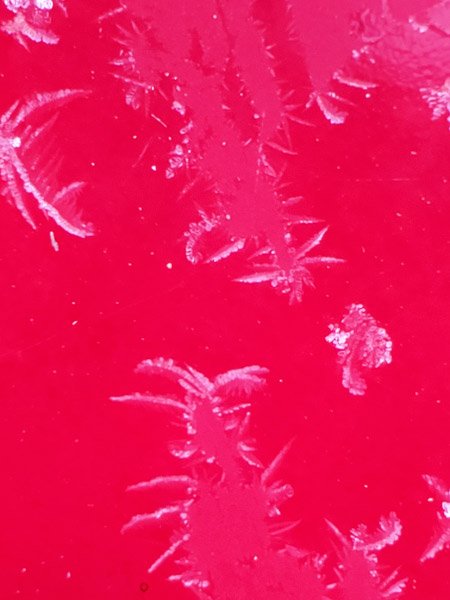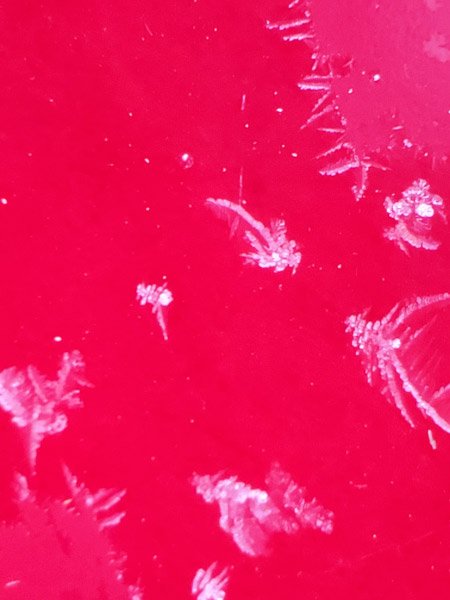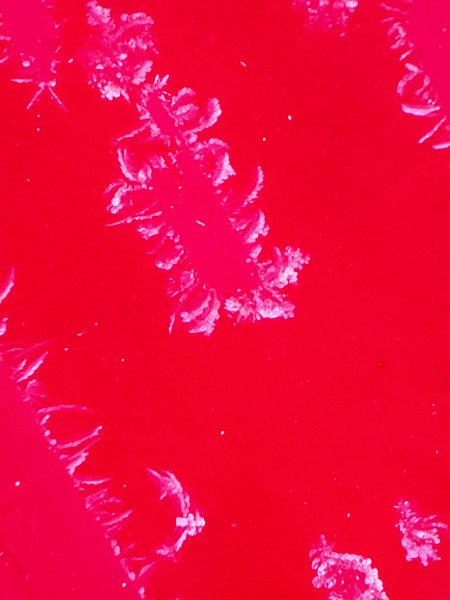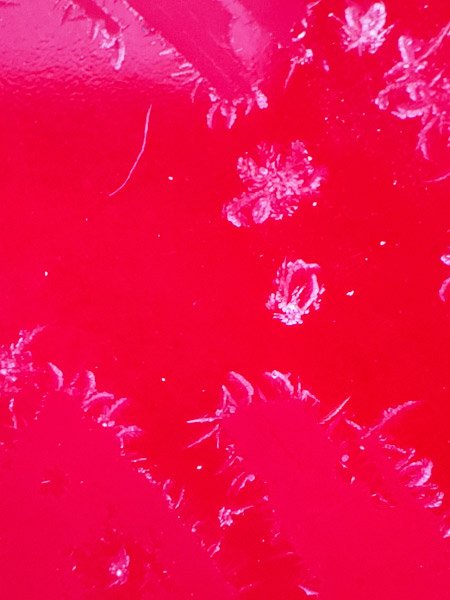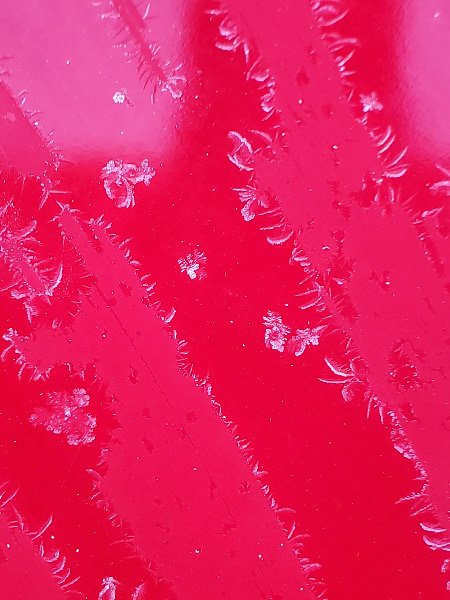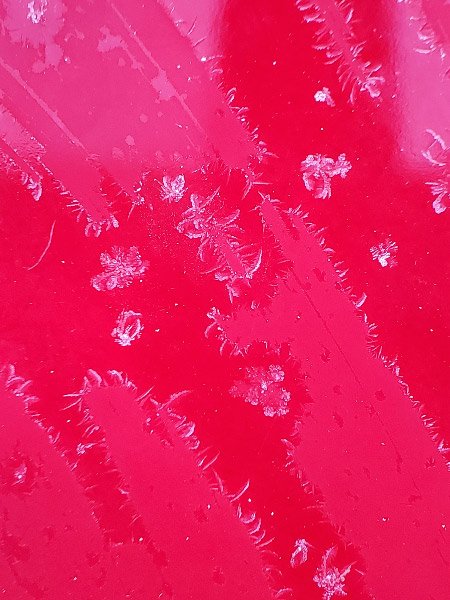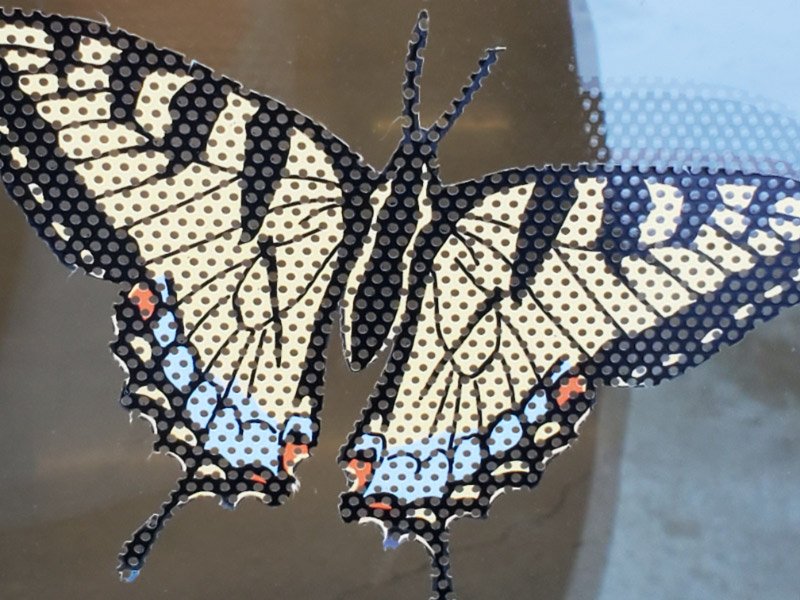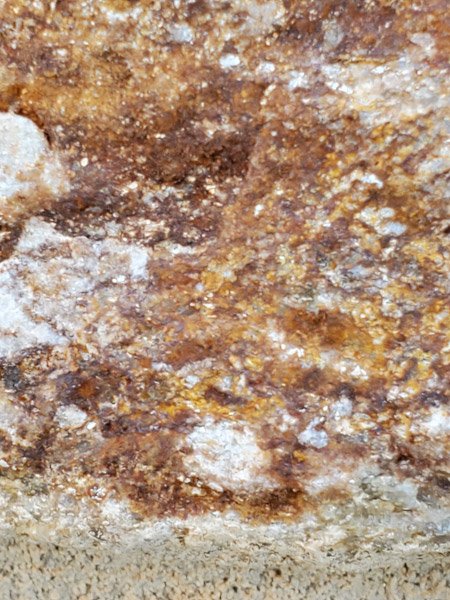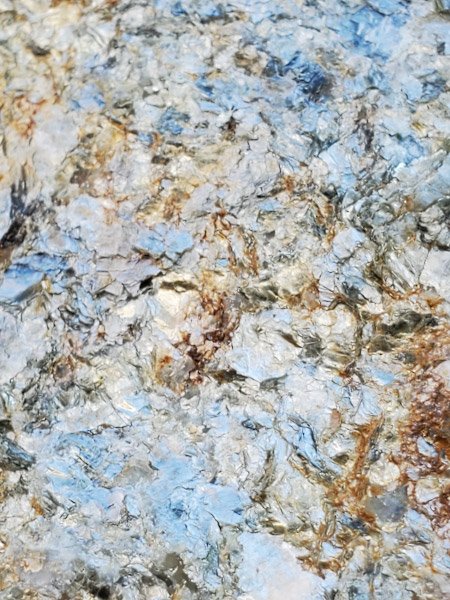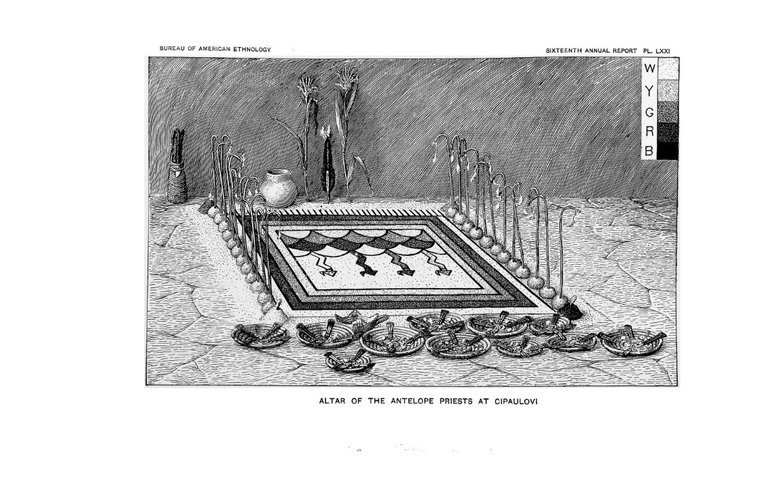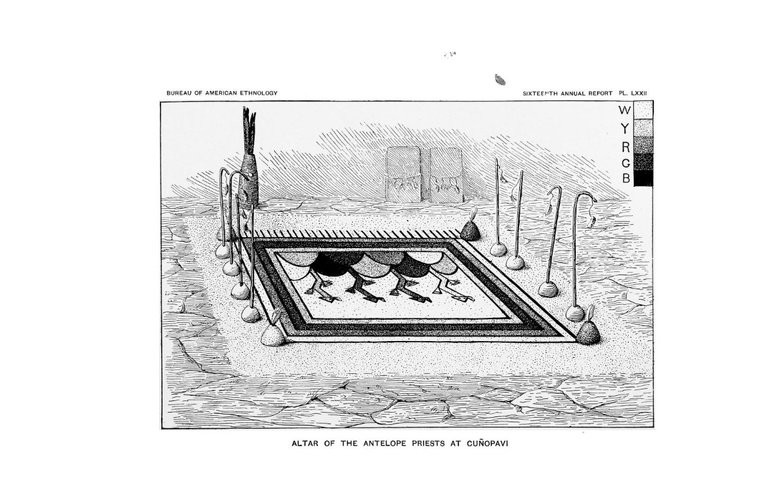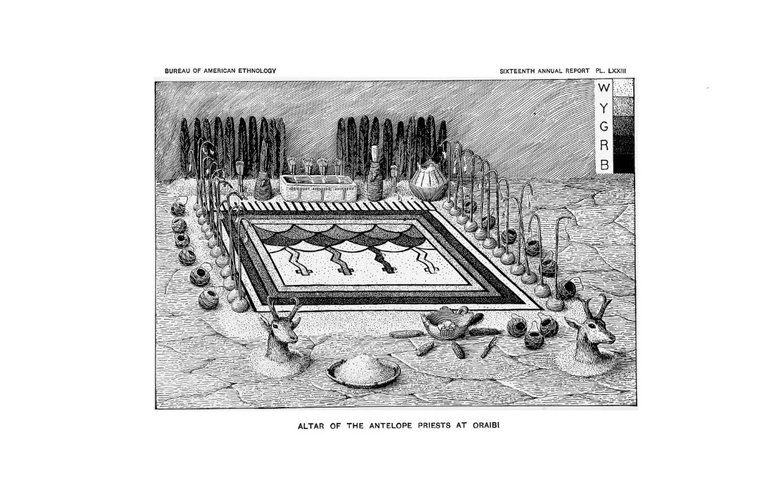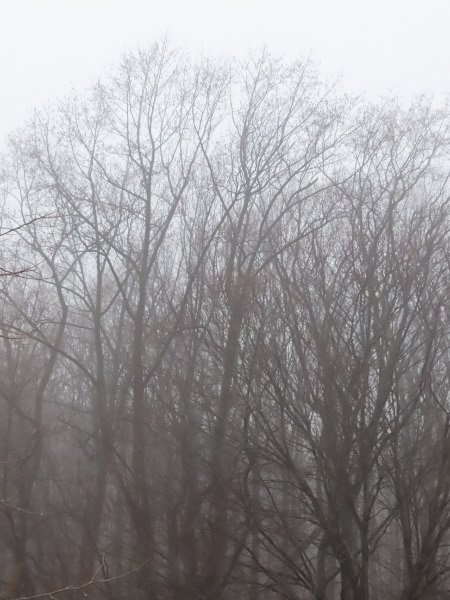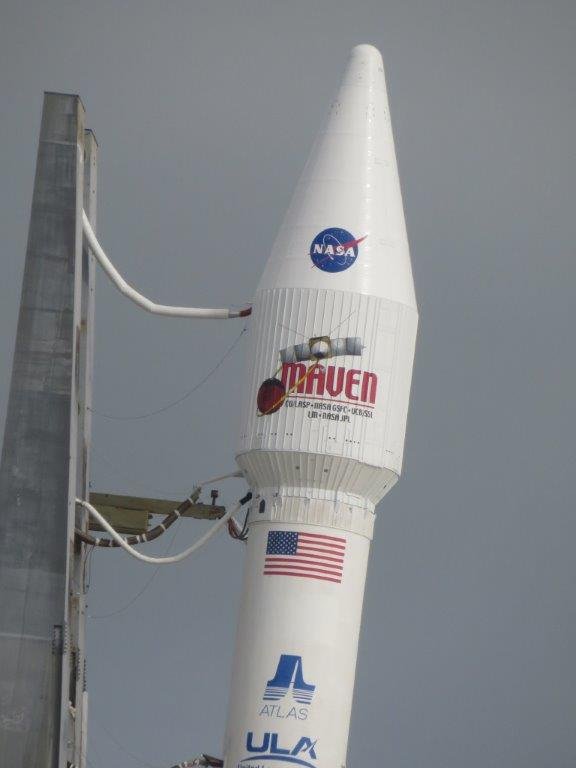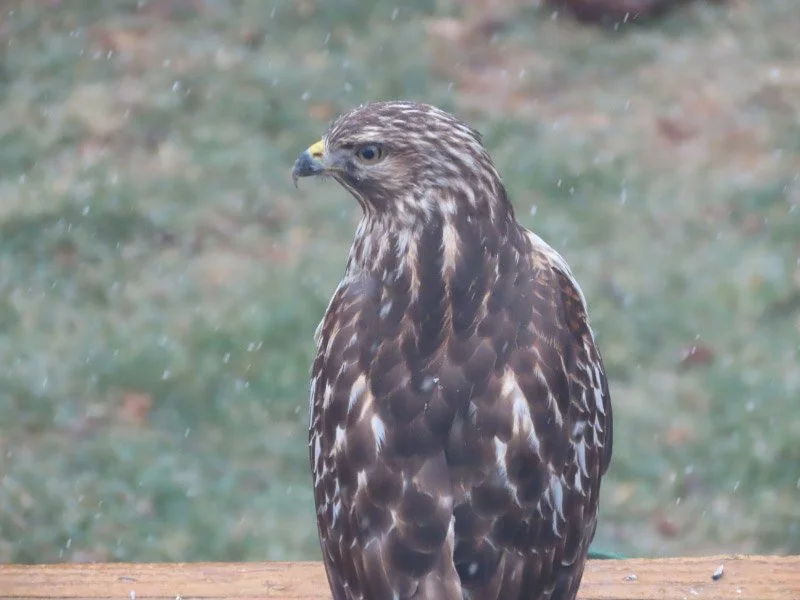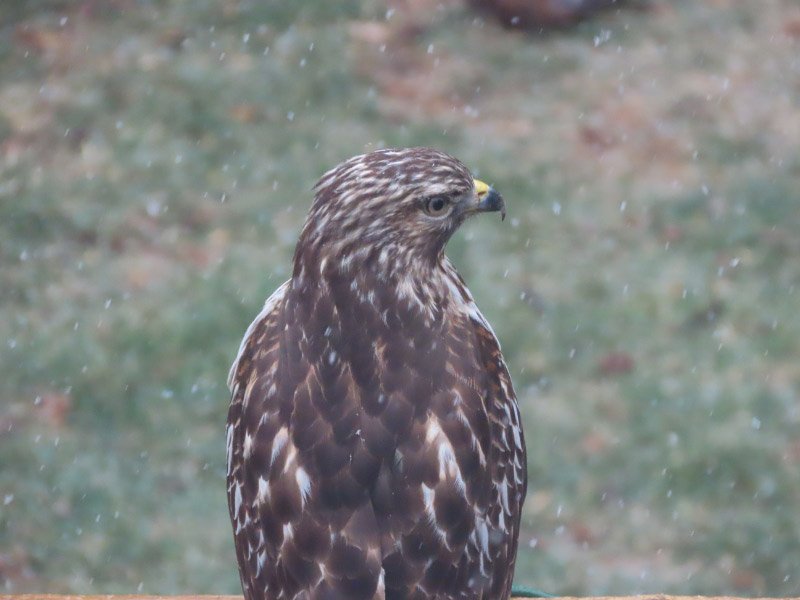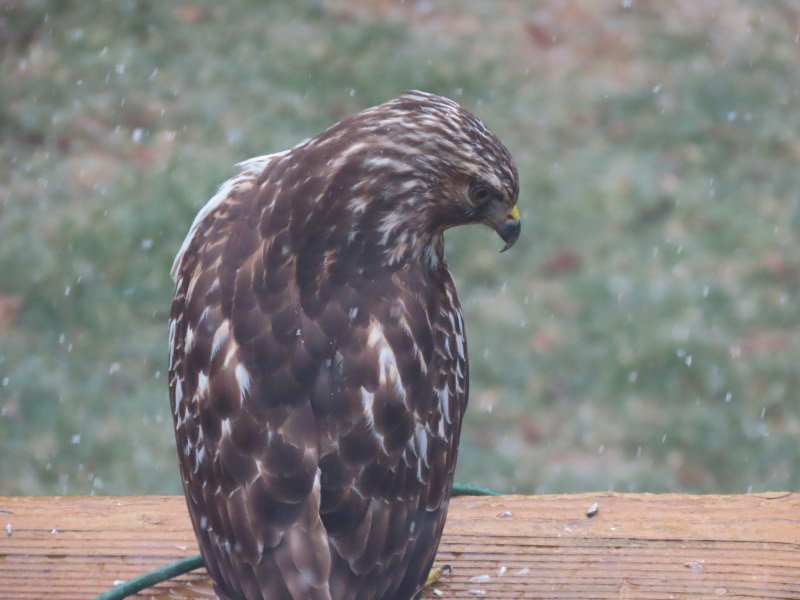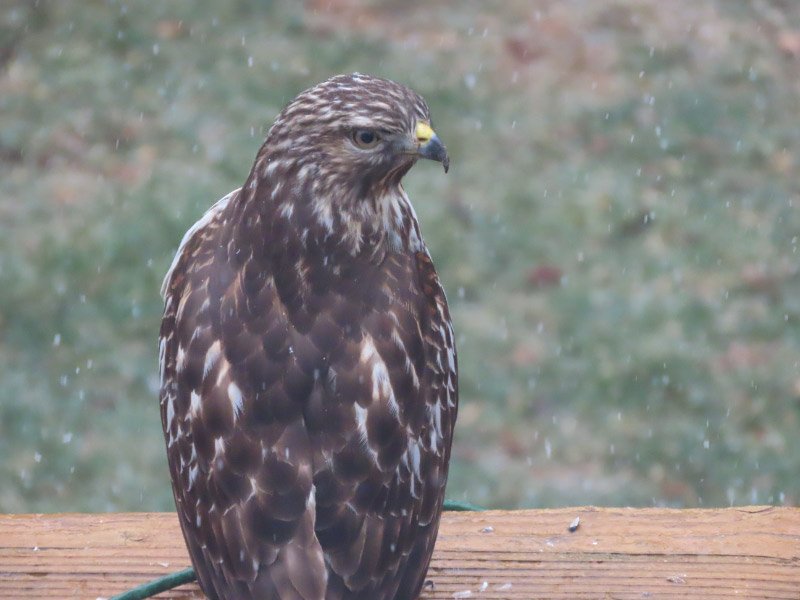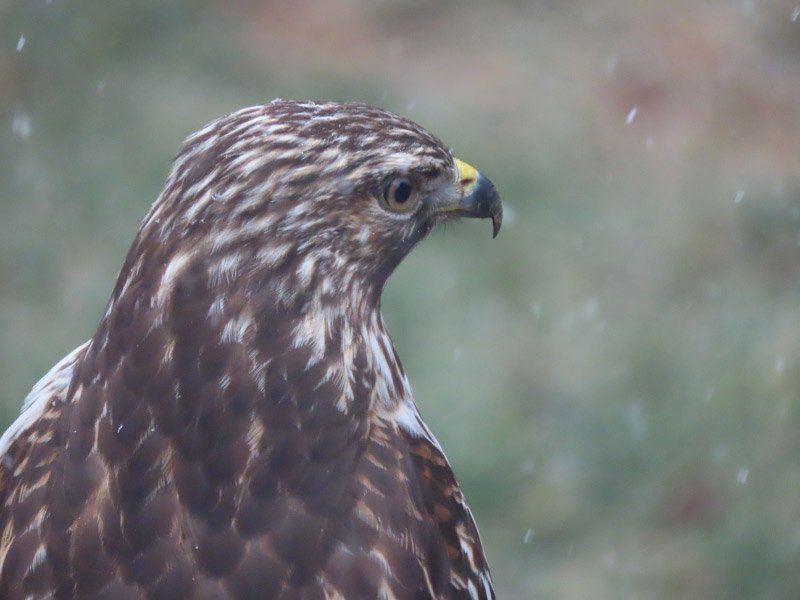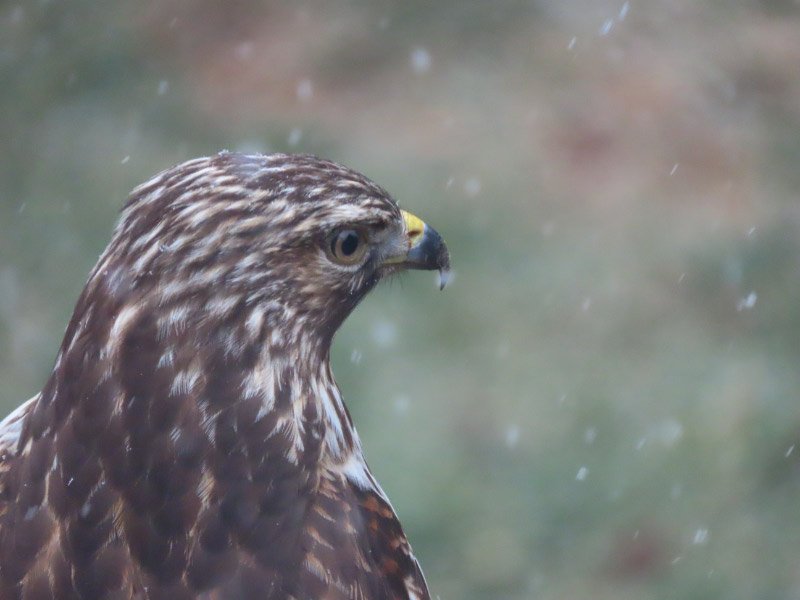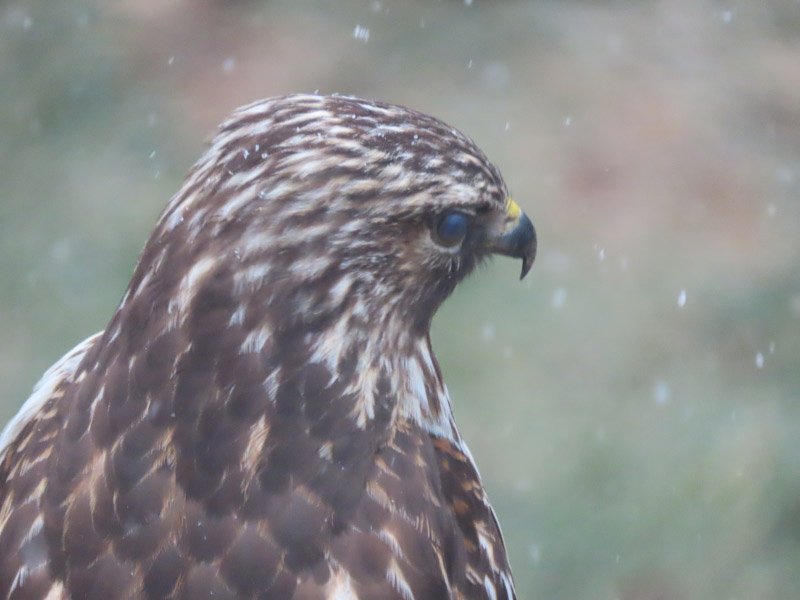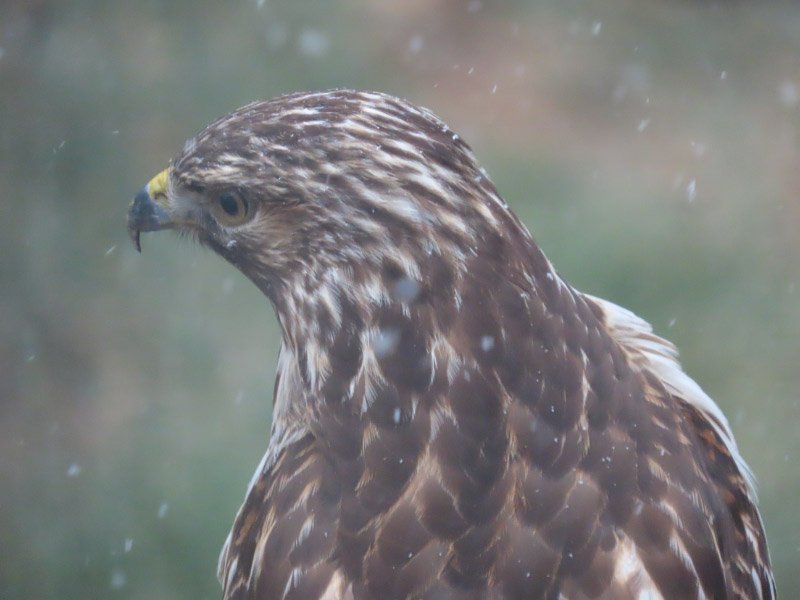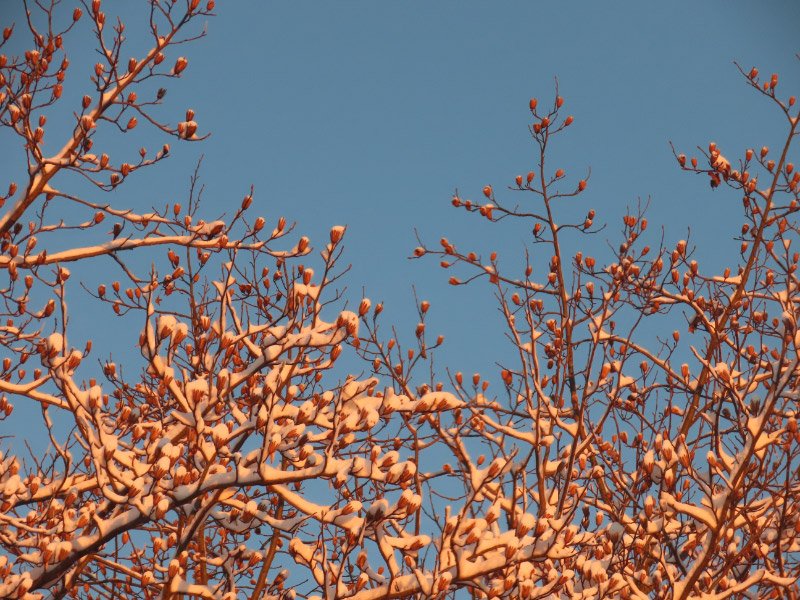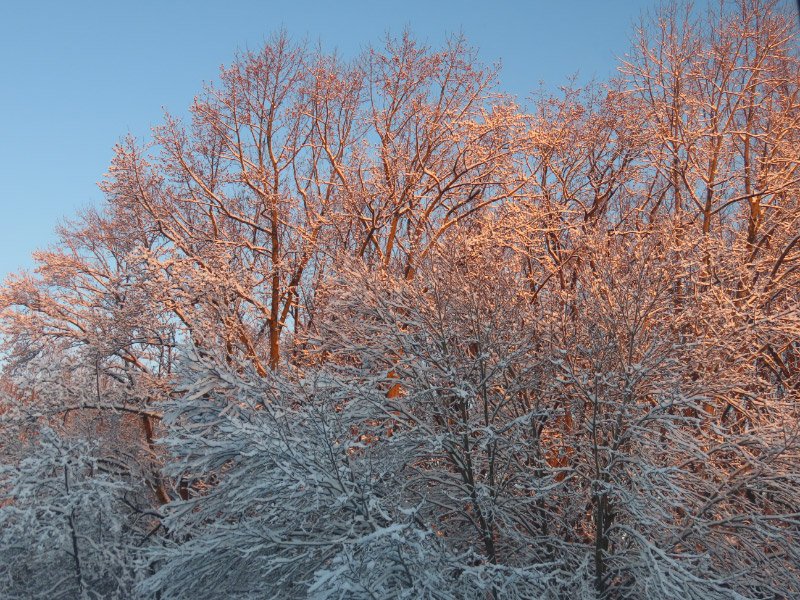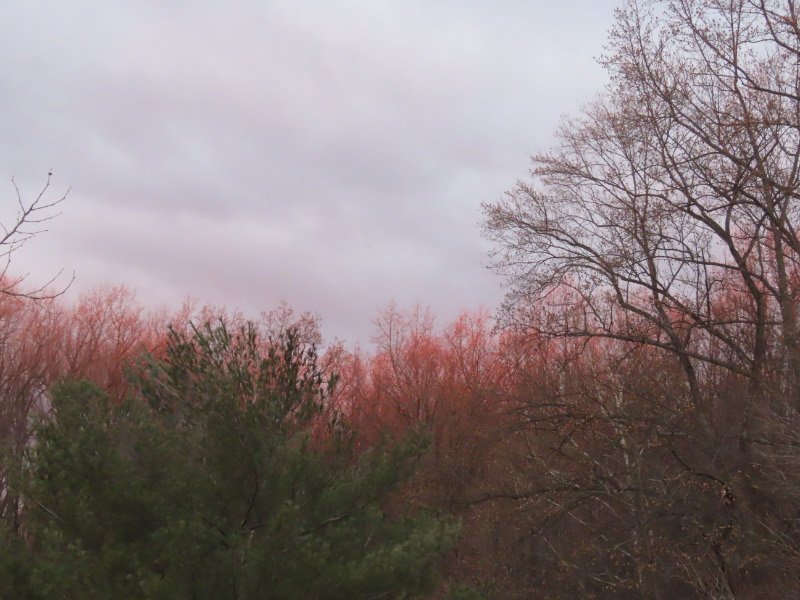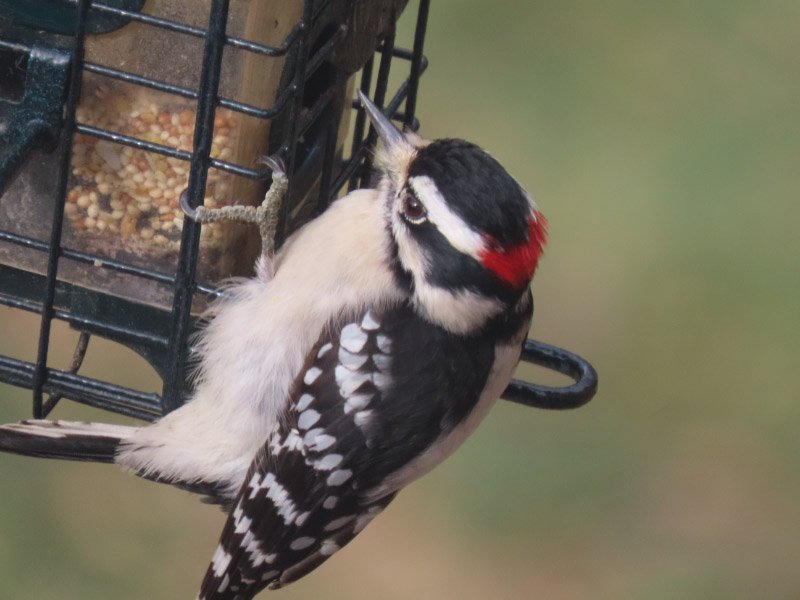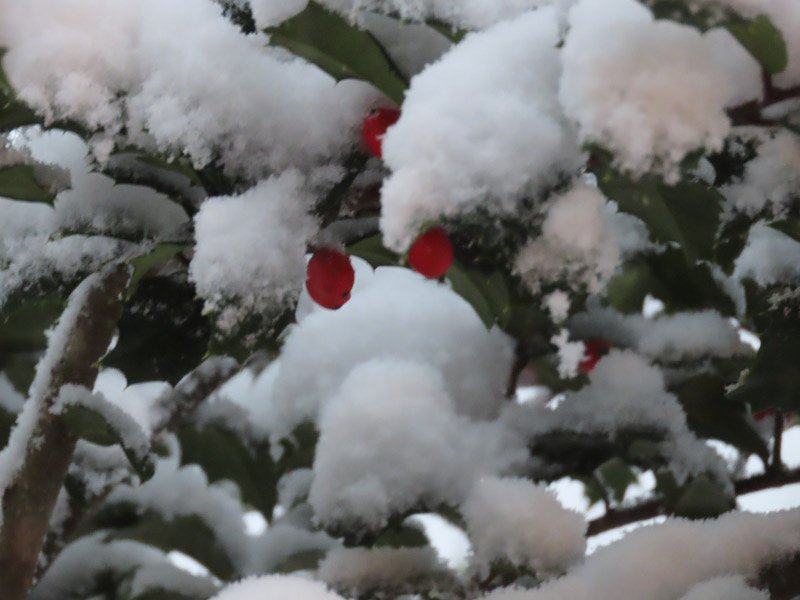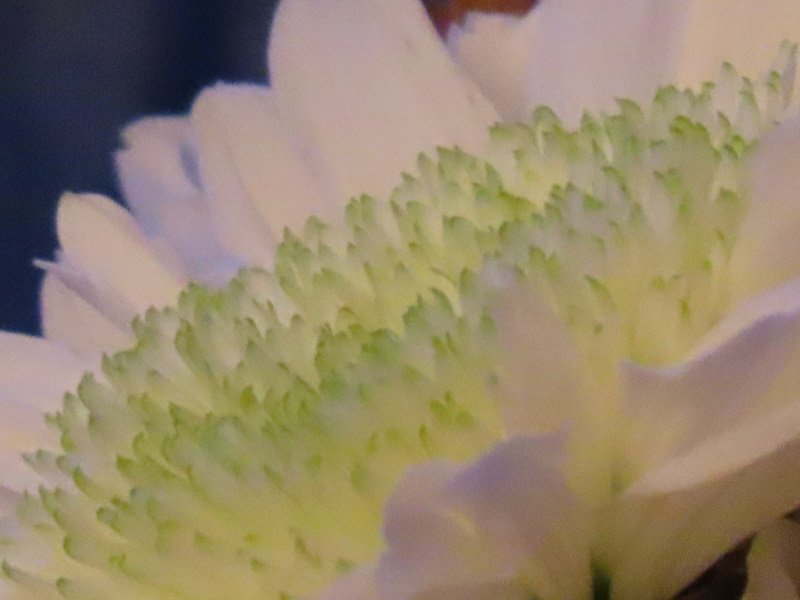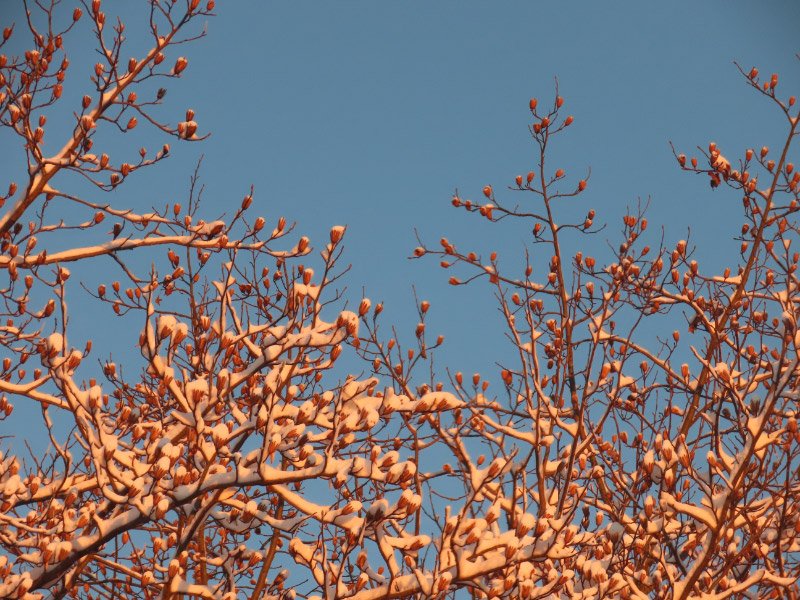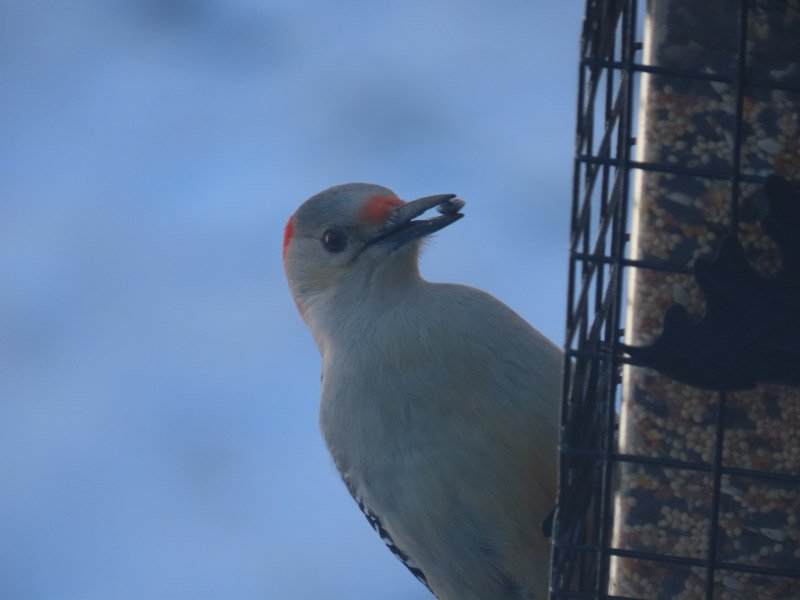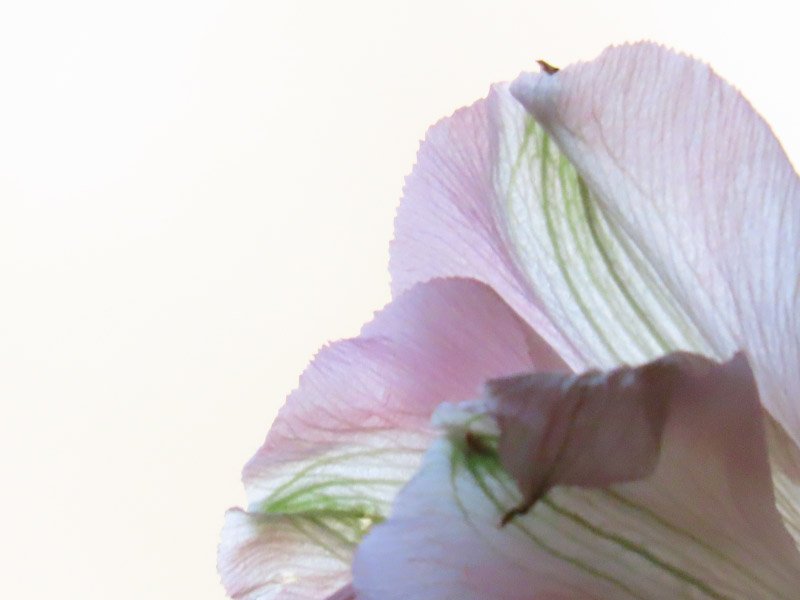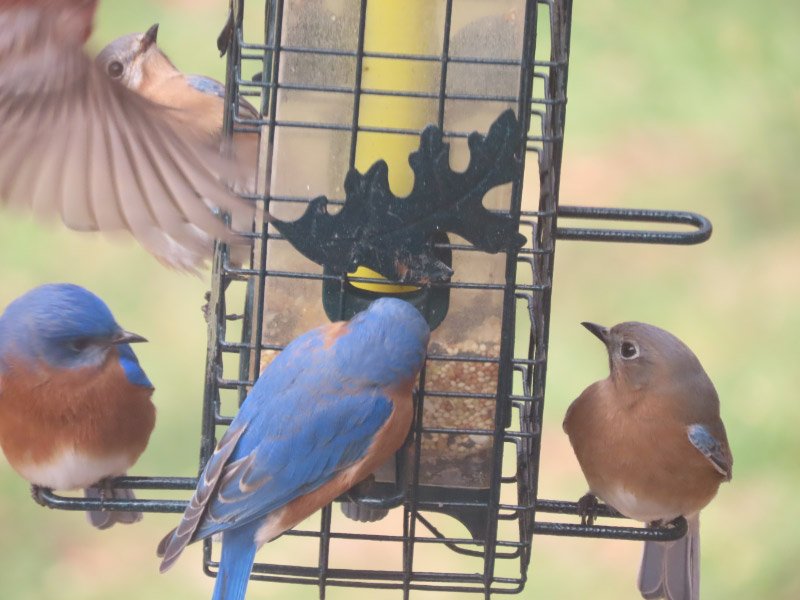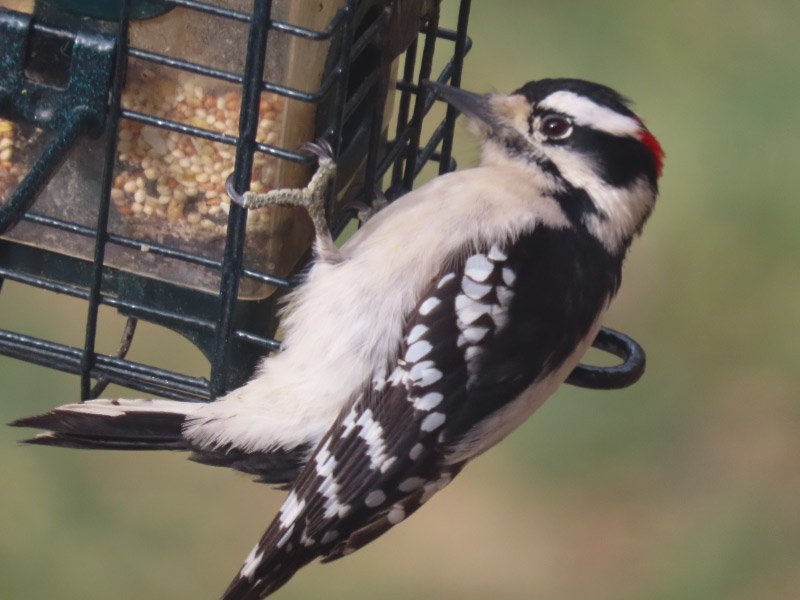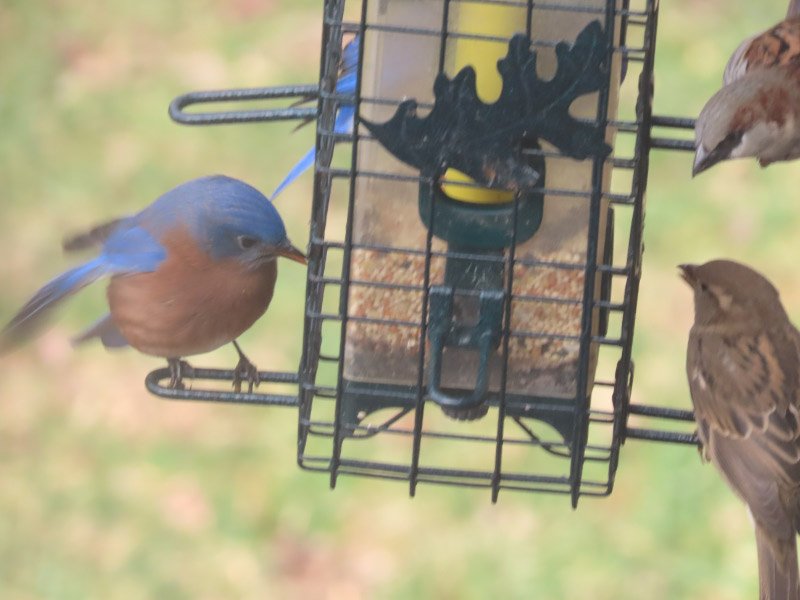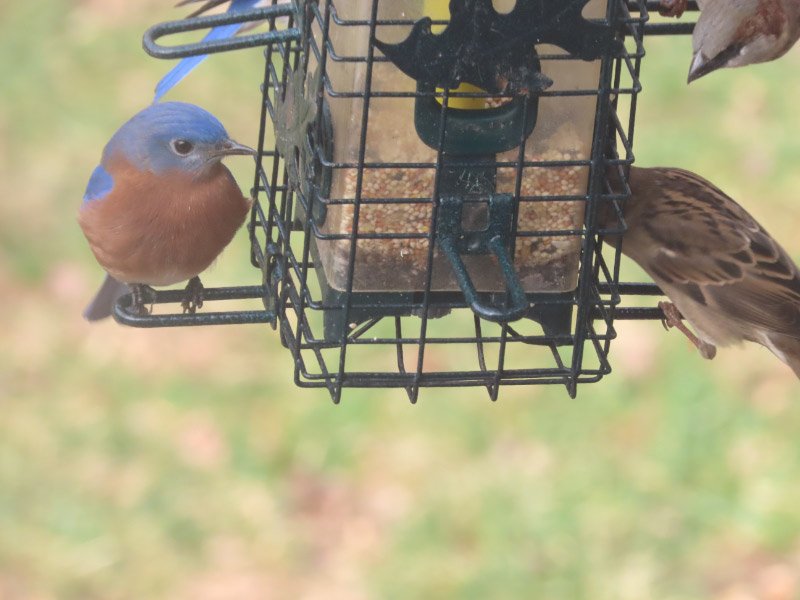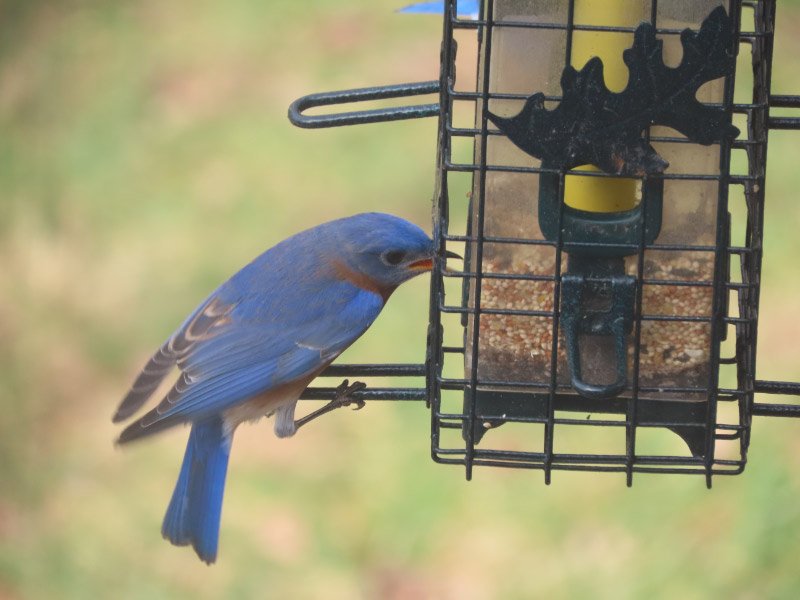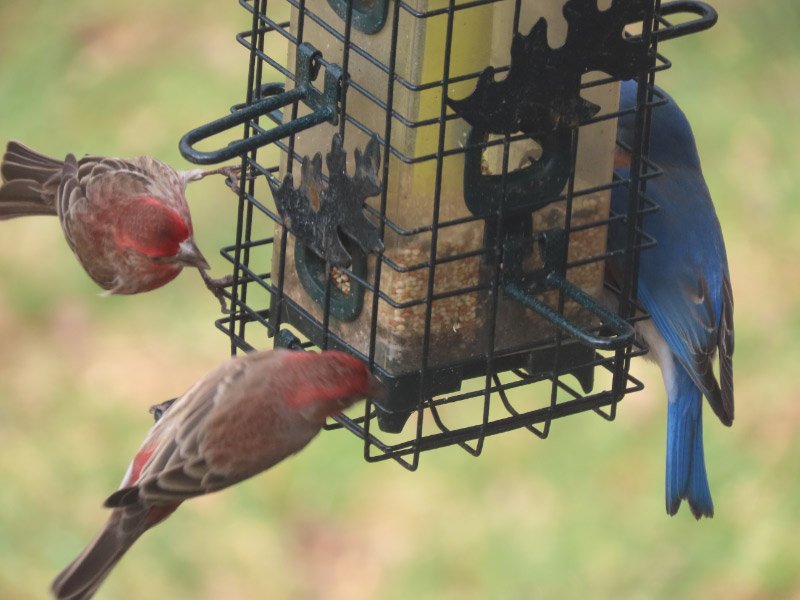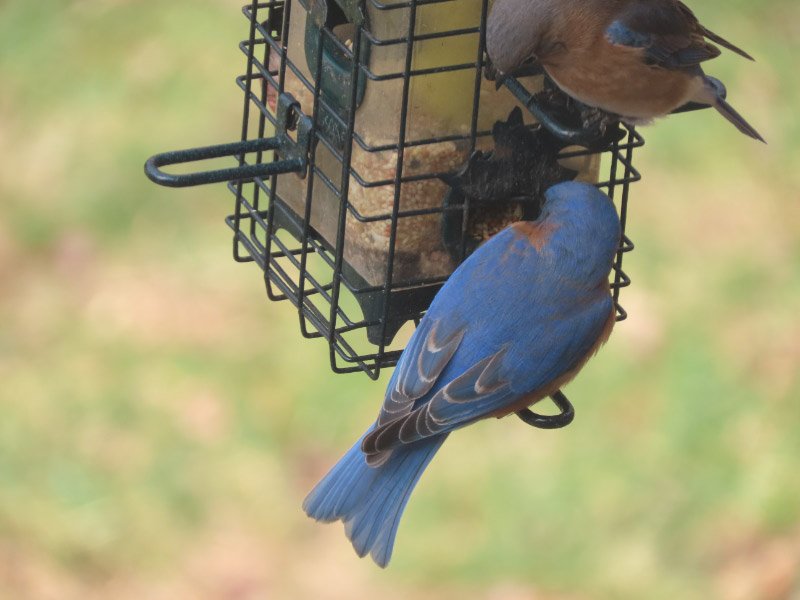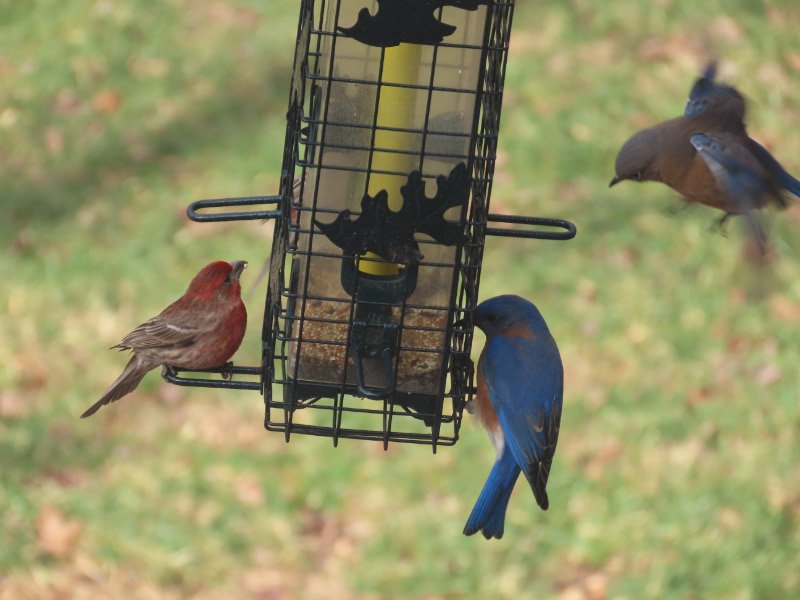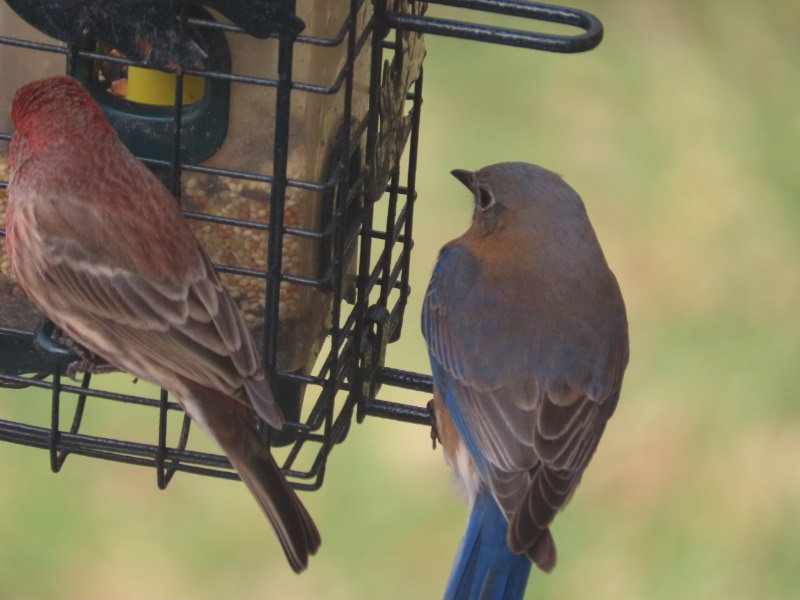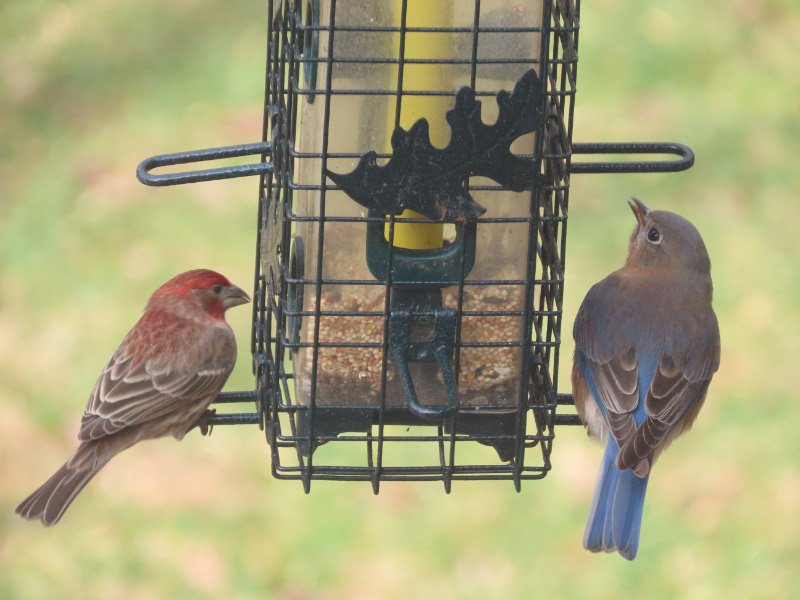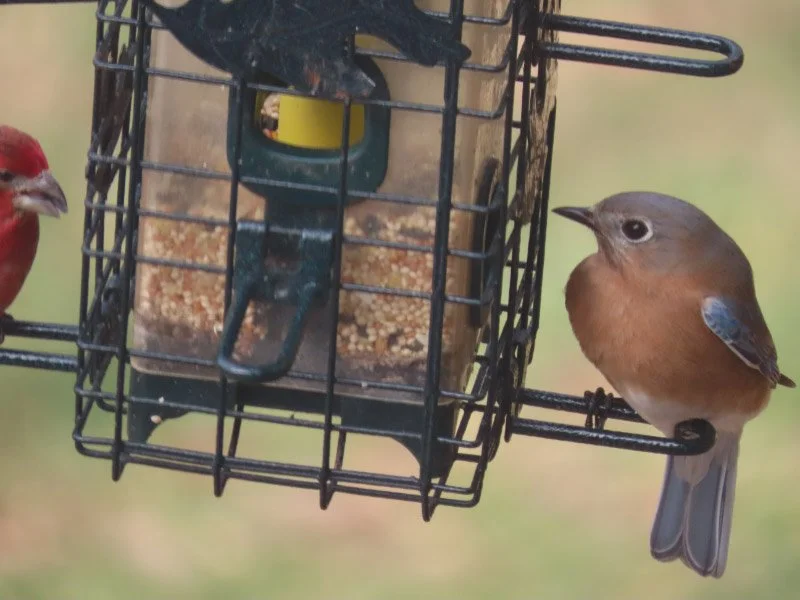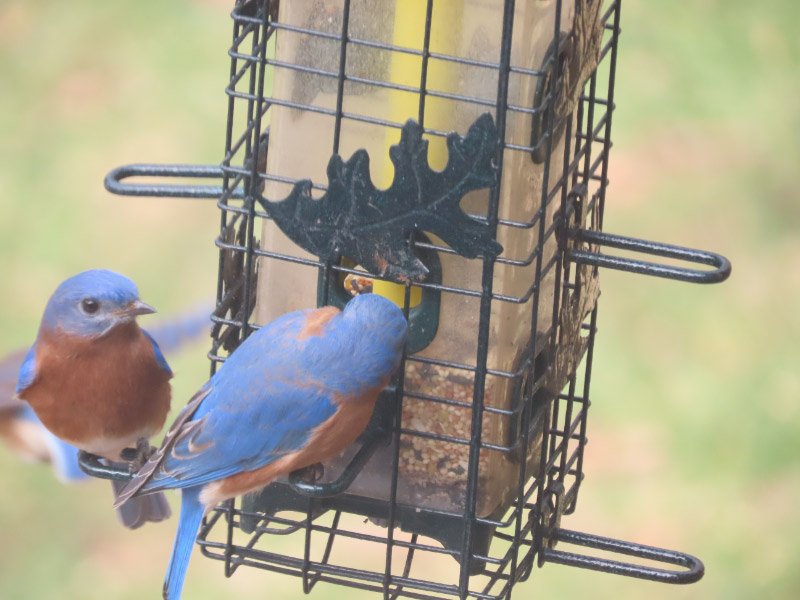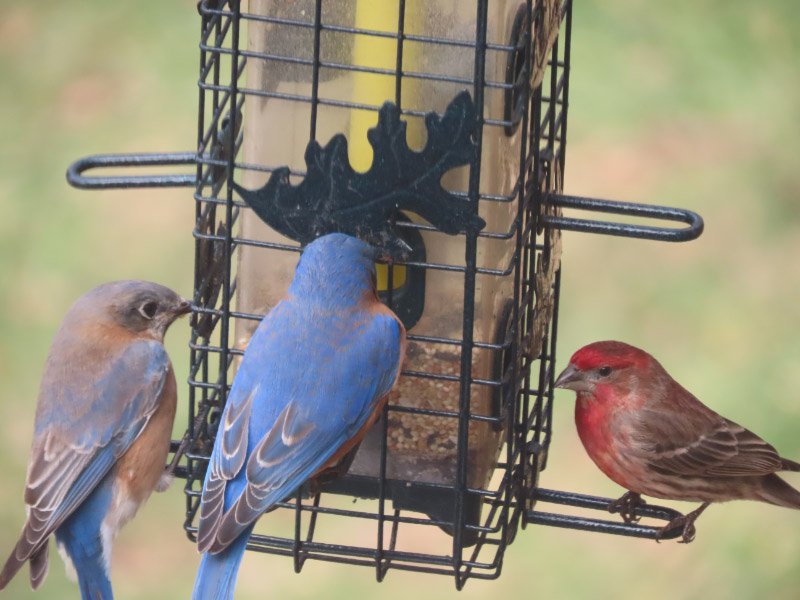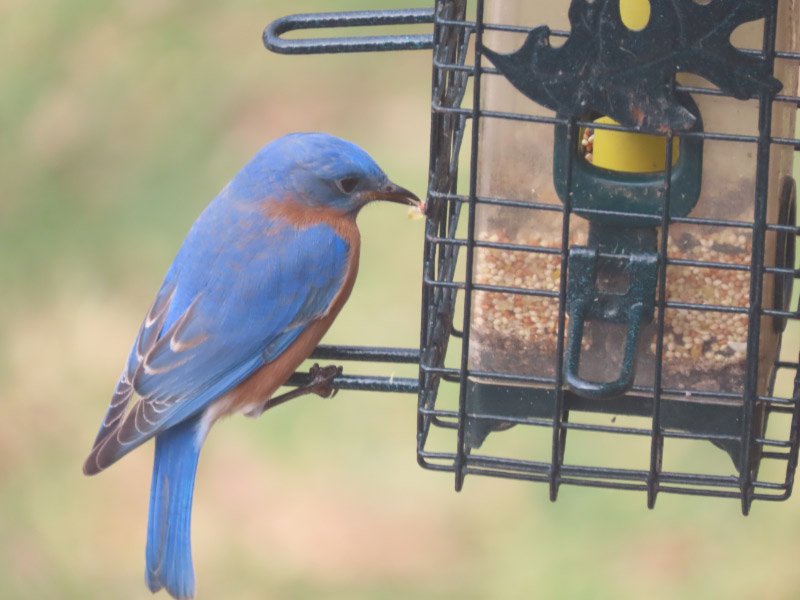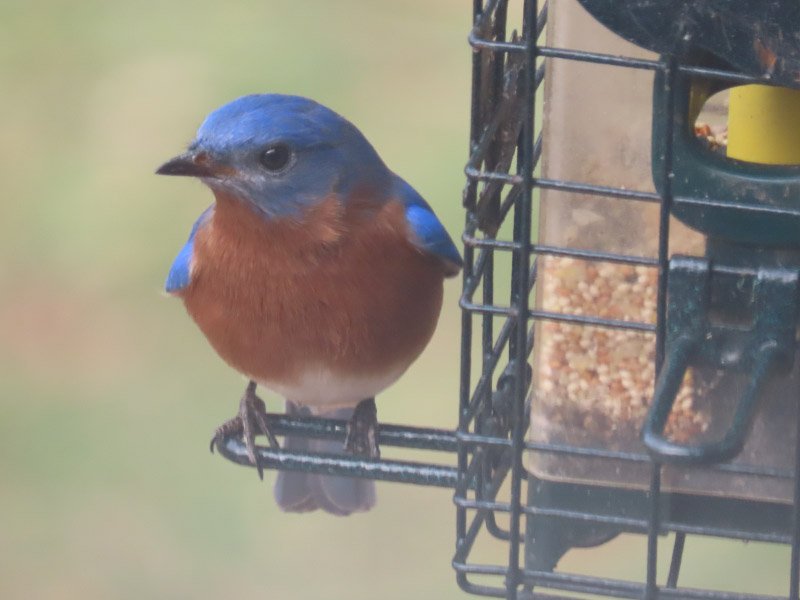Gleanings of the Week Ending February 26, 2022
/The items below were ‘the cream’ of the articles and websites I found this past week. Click on the light green text to look at the article.
After a shaky start, airborne wind energy is slowing taking off – Another way electricity might be generated in the future…but still a lot of work to be done.
Crews working to cull 600-900 bison from Yellowstone’s herds – I guess this happens every year at this time…even though in the rationale to cap the Yellowstone herd at 5,000 animals involved the mistaken idea that the bison were spreading brucellosis to cattle herds (research has shown that it is elk that spread the disease).
What damaged that tree? Probably not what you think – I guessed correctly….but only because I had seen something similar on a tree during a naturalist led hike…and they had identified the animal that make the marks!
The mystery of Mexico’s vanishing stream oaks – A great piece of trivia: Mexico has more species of oak tree than any other country! The article is about trying to save one of those species.
Three in four people worldwide support a ban on single-use plastic – Wide support…but no clear path on how we can do it. As a consumer – I try to avoid single use plastics, but some products don’t come in any other kind of packaging!
Seeing ‘green’ can ease confusion, anger in navigating hospitals – It’s not just hospitals that could use more natural views and ‘green.’
Top 25 birds of the week: waterbirds and seabirds – Terns, scoters, herons, gulls, cormorants, ducks, spoonbills, kingfishers, sandpipers, plovers, grebes…enjoy the photographs!
Warming temperatures are turning Antarctica green – Another indicator of how fast the Earth is changing….and that even Antarctica is not immune.
Drought depletes a reservoir in Spain, revealing a ghost village – The dam was installed in 1992 so this is not an old reservoir. The US is having similar drought related problems with Lake Mead behind Hoover Dam installed in 1935.
After 25 years at sea, shipwrecked Lego pieces are still washing ashore on beaches in England – Plastic is very durable…the pictures of the small Lego pieces still look pristine. Some of the pieces sank…some floated…they are all moving around and, very slowly, breaking down either in the ocean or on the beaches of Cornwall.

















